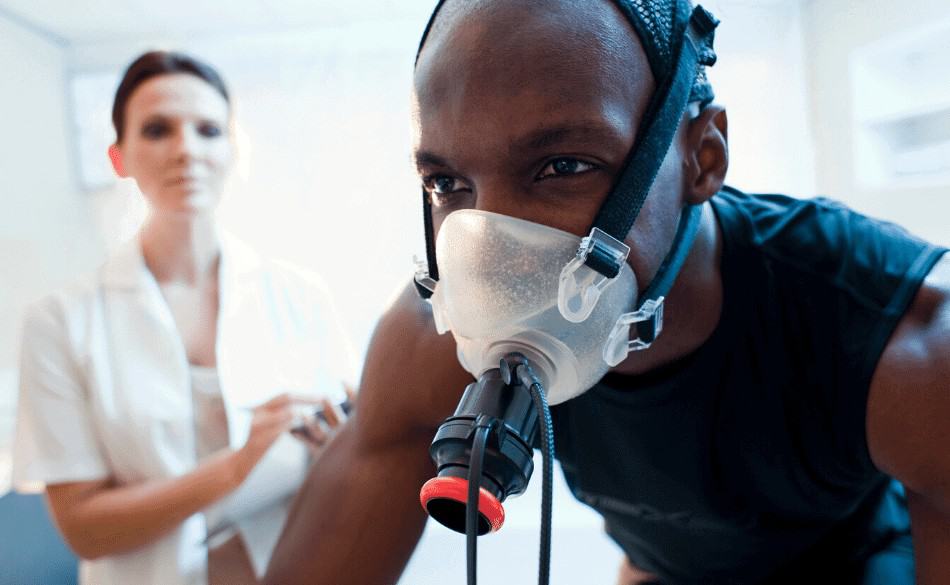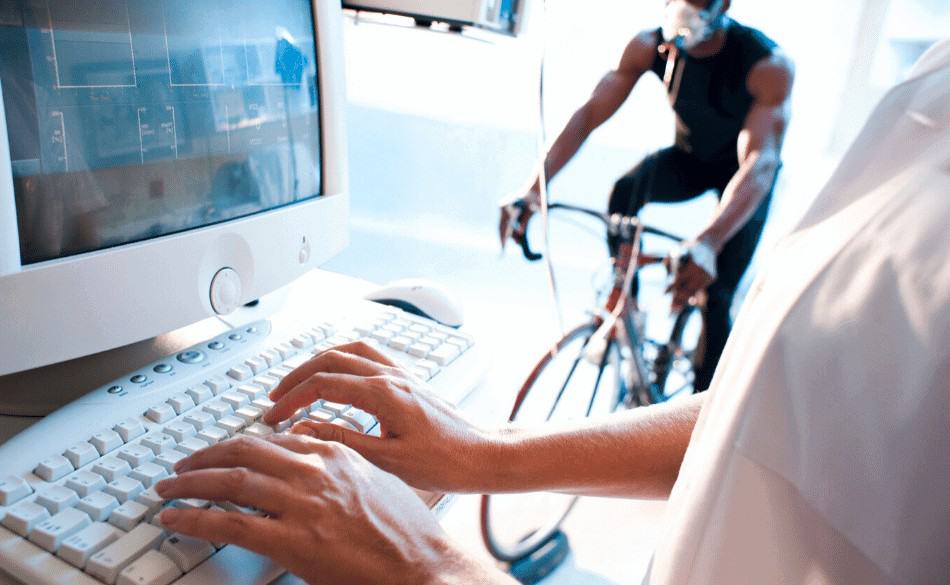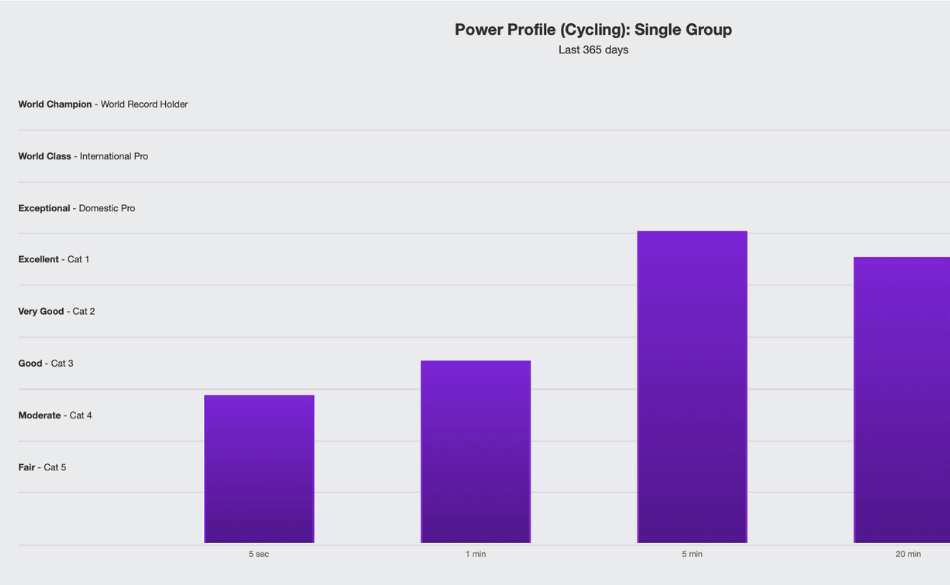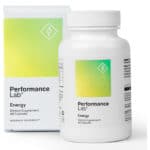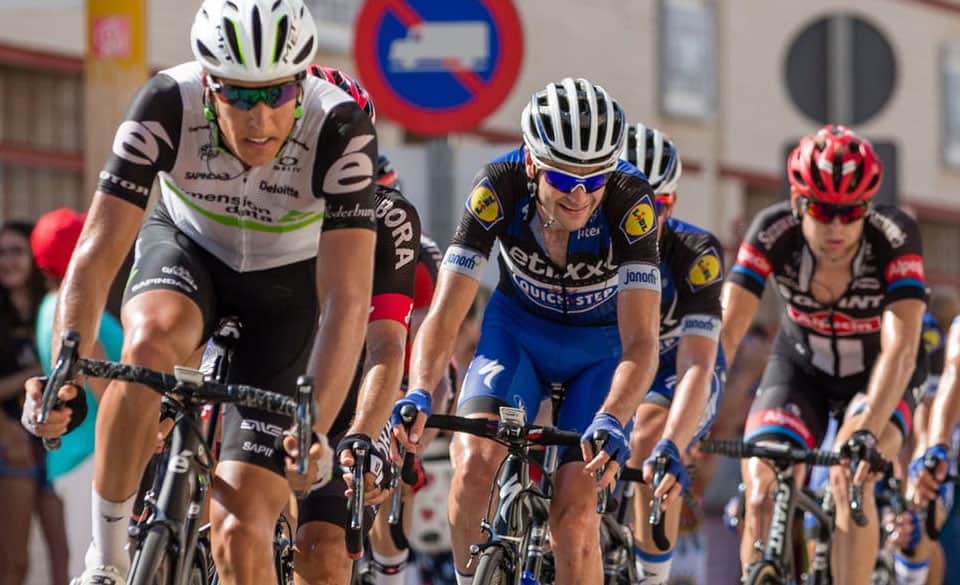
Cycling Performance Tests – Measuring Your Cycling Performance
Page Contents
If you don’t measure, you don’t learn, if you don’t learn, you don’t improve. It’s that simple and that true. If we don’t have measurable and comparable references of our performance we won’t be able to know, with certainty and reliability, if our training is working or not. We want to explain to you what are the options that we have so that this is not so and to be able to evaluate during the whole year our real level.
We need clear and comparable references that we can obtain at different times of the year. Those references should be data that give us information about our specific level of performance.
Knowing the maximum weight we lift in an arm exercise, or the time we do in 100m swimming, although reliable and comparable measurements, do not seem to give us very useful information on our specific performance on the road. That is why we must choose parameters that are representative of cycling performance. These parameters can be of two types.
Physiological Parameters
Measurement at rest or in effort of internal variables of our organism that have relation with the performance in cycling. The main variables will be cardiac, gas exchange, lactic production, hematological and biochemical.
Performance Parameters
Direct measurement of the maximum or submaximum performance in the specific exercise. In cycling they may be, fundamentally, the speed or power developed for a given time.
The more parameters we control the better, but it will be more important to control some than others. To obtain these data we can use three methods. Blood analysis, laboratory test and field test.
Cycling Performance Blood analysis
With the blood analysis we will obtain hematological and biochemical data at rest. The production of lactate is also through blood tests, but immediately and in effort. Really a blood test only serves to verify that all parameters are within normal ranges. That is to say, it does not give us relevant information about improvements in our physical condition. Rather it serves us for the opposite, to see if a worse performance can be due to some health problem that can be detected in the analytic. Anaemia would be the most characteristic of these problems.
Cycling Performance Laboratory test
They are tests performed in a medical laboratory with a cycloergometer. These tests have two major advantages and two major drawbacks. The two advantages are the large amount of data they provide, both physiological and performance, and the reliability and reproducibility of these data. Being in fully controlled conditions (temperature, humidity, resistance …) the data we obtain are 100% comparable with other tests, both the same cyclist and different cyclists.
The two disadvantages are its economic cost, from 60€ up depending on the laboratory and the parameters that measure us, and its less specificity with respect to the field tests. Although a cycloergometer perfectly reproduces the gesture of pedaling is not exactly the same.
The inertia of a bike on the road, the sensation of wind, motivation and other elements are different and not reproducible in a laboratory. That’s why sometimes you have to be cautious when it comes to transferring the data from a laboratory test to the road.
Not all laboratory tests are the same. The data we can obtain will depend on the available measuring instruments and depending on the data we are looking for, one protocol or another will be used.
Progressive ramp test
The most common protocol is a progressive ramp test, which means that we start with a light load and goes up slowly until we reach a load that we can not maintain. Other protocols are progressive in steps. We start with a light but constant load and at the end of each step, we suddenly raise the load a certain amount and maintain another step, so until we reach a step that we can not conclude. The performance parameter in laboratory tests will always be in watts. Cardiological tests can be measured with a heart rate monitor or an electrocardiogram.
We recommend that you always use an electro and a sports doctor or cardiologist. This way we can use the test to detect cardiac alterations. This is a common part of all laboratory tests. The great difference between some tests and others will come from whether we do it with gas or lactate. If it is with gases the normal thing is to use a protocol in ramp and to measure the gas exchange (inspired O2 and expired CO2) with a mask connected to an analyzer of gases.
Know Your V02max
This is the only way to get to know our VO2max, which is the standard reference for aerobic performance potential. Recently Froome published data of 84ml/kg/min, in the range of what has been known so far in the great cyclists of history. It also helps us to calculate our ventilation thresholds, VT1 and VT2, and establish training zones. In the results of these tests each ventilation threshold will be given in watts and pulses. At the time of taking it to the day to day in the highway the data of watts in this type of test, with protocols in ramp, are not very valid, reason why we recommend to use the pulsations like reference for these thresholds. If it is with lactate it is normal to use a protocol in steps to give the lactate time to stabilize after each load increase. The lactate data is taken by pricking the ear or a finger and analyzing the drop of blood on a lactate analyzer. The values are recorded at the beginning and at the end of each step.
Cycling Lactate threshold
This test does not give us the data of VO2max nor the ventilatory thresholds, but it gives us the lactate threshold considered as the point where lactate increases 1mmol with respect to rest values, and the anaerobic threshold considered as the point where the body can no longer clarify the lactate generated and this increases exponentially.
On this anaerobic threshold there are a thousand terminological debates and it is not always clear what is being talked about. The important thing in our case, as with all the tests discussed here, is that the same concept is always used to assess the evolution of the data. When the test is with lactate and the protocol in steps the reference of the watts in each threshold will be more valid, although there will always be a difference between laboratory and road, being normally the highest watts in road.
Laboratory tests can be done for two purposes, health and performance. If we do it for health, an electrocardiogram should be used. If we do it for performance we will have two informations, the evaluation of our state of form at that moment and the zones of training. If we are only going to do one test a year we recommend the gases and remove the training zones in field test. On the other hand, if we do several tests a year we recommend lactates to evaluate the condition and to establish the training zones.
Cycling Performance Field test
The field tests are what we do on our bicycle on the road. As with the laboratory tests, I can collect different data depending on the means at my disposal. The simplest thing is a stopwatch and a distance. For example, we could use a Strava segment.
To have the average speed in that segment in maximum tests throughout the year would be an indicator of performance evolution. The biggest problem with this is the influence of the wind. Also the rest of the resistances (rolling, friction…) can vary, but the most important thing is the wind that will never be the same and is difficult to measure.
When making the test in ascent we decrease the speed and therefore the influence of the wind and the aerodynamics, at the cost of increasing the importance of the weight. But we can measure the body weight (and that of the bike) and therefore take it into account.
In spite of everything the wind factor will continue to give us a great margin of error when comparing different tests. If we use a heart rate monitor we are not going to provide much relevant information for a performance test.
The pulsations in maximum effort do not vary much during the year, what varies is the performance itself. Only in long tests can we use the average pulsations as a reference to calculate the anaerobic threshold in pulsations. In a 20′ test it would be to multiply the average by 0.98. If it is shorter than 10′ better use 90% of the maximum CF reached.
But as we say, this threshold does not change much during the year and what is important is the yield to those pulsations and not so much the pulsations themselves. So we arrive at the only real, reliable and comparable way to measure a bicycle field test, the watts. If we are lucky enough to have a potentiometer we will get the power data during the test. Having the potentiometer well-calibrated these data are the most reliable and useful we can get.
We no longer care about the wind, and we can even compare tests done in different places, although we recommend always keeping the same place for the tests. The most important data will be the average power, which will be the best indicator of our progress.
In the field tests, the most important thing will be to choose the duration of the test. Because based on that duration the data I take will inform me of one type of performance or another. Basically we will be able to measure maximum peak power and anaerobic resistance with a test between 0 and 1′. Maximum aerobic performance or aerobic power with durations between 3′ and 6′. And aerobic endurance or aerobic capacity performance with durations between 20′ and 1h.
The recommended thing is to do the 3 types of test to see our evolution in each one of them. One could do a fourth type of test of great depth, of more than 2h. This test can be useful to us if our most important objective is a big bottom gear, but we can not participate in others before. It would help us to get an idea of the rhythm that I will be able to take in the march.
Cycling Power Profile
With these tests we can get what is called our power profile. Thanks to Doctor Coggan it is possible to compare our relative values in w/kg with those of the best in the world in each duration and to have an idea of which qualities we stand out more and how the training can make us modify this profile.
The first thing is to choose the day. The tests have to be done in a state of low fatigue. The best thing is that they are always after a day of rest or of very soft training and in a week of little load. Try to do them at the same time and with a similar previous meal. The next thing is to choose the place.
As we have already told you it is better that it is in ascent and if possible as constant as possible. What is important is that you do not have descents or large rest areas. If we have watts if we can do it in plain. Keep in mind that the watts can vary from doing it in flat to uphill and do not always have to be better watts uphill, depending on the profile of the runner. In order to compare test in different dates it is necessary to consider it. In the test session we have to do always the same warm-up or very similar.
To start the test press the LAP button and the same thing at the end so that it appears marked when you pass the data to the computer. The pace should be as high as possible that is sustainable throughout the test.
You have to avoid starting like a madman and sinking into the final part. The ideal would be to do everything the same and that in the last part we can raise the pace a little. If we sink or vice versa, we see that we can give a big increase in pace at the end, the test is not reflecting our real level.


